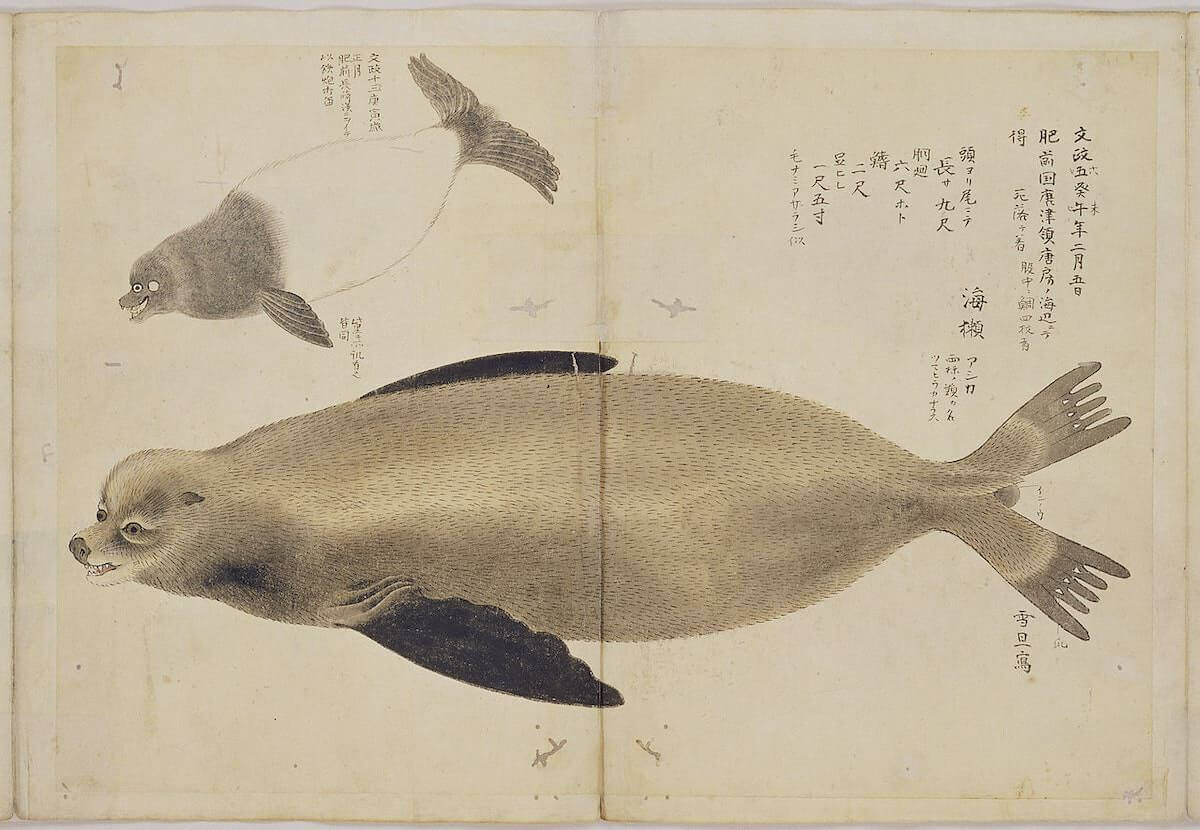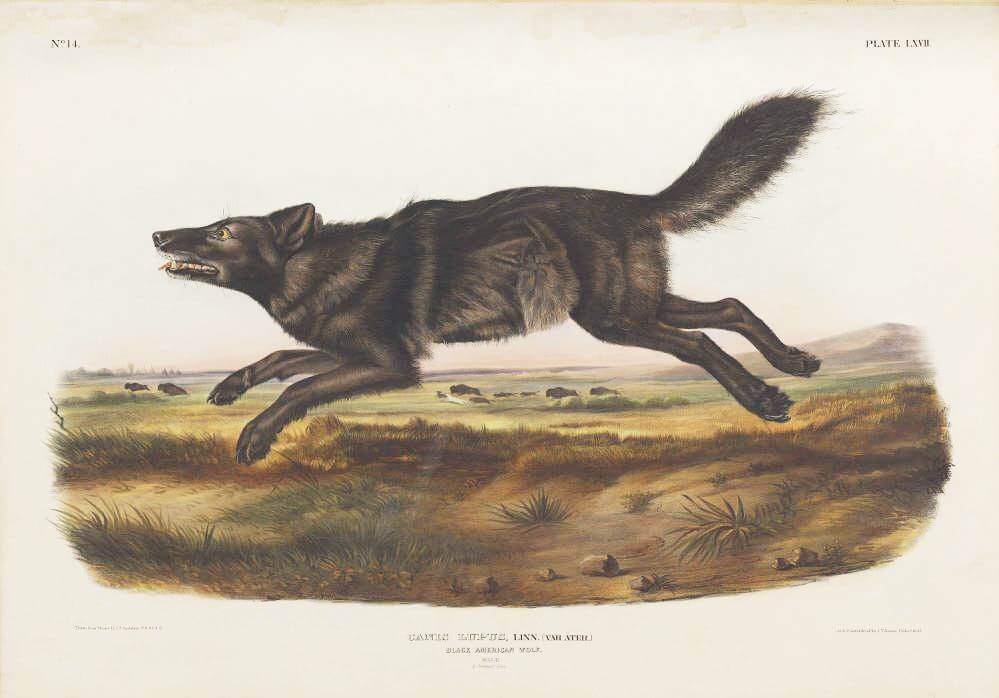Zalophus japonicus
1970
Illustration of a Japanese sea lion that drifted to the beach near Karatsu in the 6th year of Bunsei (1823), from Hasegawa Settan's Gyoruifu created that same year Source

Zalophus japonicus
1970
Illustration of a Japanese sea lion that drifted to the beach near Karatsu in the 6th year of Bunsei (1823), from Hasegawa Settan's Gyoruifu created that same year Source
Declared extinct in the 1970s, this sea lion once traveled the Sea of Japan, frequently seen around the Japanese Archipelago and near the Korean Peninsula. Considered a subspecies of the California sea lion until 2003, these dark gray mammals rested in caves and were harvested for oil, according to an eighteenth-century Japanese encyclopedia, and, later, were captured to serve as circus attractions. Systematic trawling in the early twentieth century killed upwards of fifteen thousand Japanese sea lions --- helping to decimate a population that was once forty thousand strong in less than a century. By the 1930s, fishermen were only reporting a few dozen catches per year. While it is possible a few members of the species remain, the sea lion has not been reliably observed in more than fifty years.

Bos primigenius
1627
Illustration of an aurochs from Siegmund von Herberstein's Rervm Moscoviticarvm commentarij Sigismundi (1556) Source
Declared extinct in the 1970s, this sea lion once traveled the Sea of Japan, frequently seen around the Japanese Archipelago and near the Korean Peninsula. Considered a subspecies of the California sea lion until 2003, these dark gray mammals rested in caves and were harvested for oil, according to an eighteenth-century Japanese encyclopedia, and, later, were captured to serve as circus attractions. Systematic trawling in the early twentieth century killed upwards of fifteen thousand Japanese sea lions --- helping to decimate a population that was once forty thousand strong in less than a century. By the 1930s, fishermen were only reporting a few dozen catches per year. While it is possible a few members of the species remain, the sea lion has not been reliably observed in more than fifty years.